Upgrading the SSD in Chromebook & MyDigitalSSD Super Boot Drive M.2 2242 SSD Review
by Kristian Vättö on October 21, 2014 8:00 AM ESTThe Upgrade
Upgrading the storage in the Acer C720 Chromebook is surprisingly easy. While Chrome OS does not give the user full system access, there is an integrated (albeit hidden) tool for creating recovery media that can be used to clone the old drive. To open the tool, all you need to do is to open Chrome (i.e. the web browser) and type "chrome://imageburner" to the address bar. Once you have done that, you should see the following:
To create the recovery media, you need either a USB drive or an SD card (minimum 4GB). The tool will not just clone your existing drive but will in fact download the OS again, which in my case was a 498MB download. The downloaded file is then extracted to the USB drive to create the bootable recovery media.
Alternatively, you can also create the recovery media using another computer. Google offers a tool for both Windows and OS X, which can be found here along with the instructions. I tried this as well on my Mac Pro and did not encounter any issues.
After successfully creating the recovery media, you can begin the actual upgrade, which starts by removing the 13 screws on the bottom of the laptop.
Note that at least in the case of the Acer C720, the warranty is (in theory) void if you remove the back cover. That is unfortunate, but on the other hand Chromebooks have not been designed to be user upgradeable.
This is what the internals of the C720 look like. The SSD is located on the right-hand side right above the speaker, so upgrading it does not involve any further disassembly.
The C720 ships with a 16GB Kingston SSD that is held in place by a single screw. Simply remove the screw and the SSD will come out of its socket.
The Kingston SSD is also Phison S9 based and has a single 16GB NAND package with Kingston markings on it. I apologize for the unclear package markings – the label left residue on the packages, which made the markings practically invisible. Anyway, Kingston has not published any NAND data sheets so the markings would not give us many details in the first place. I would make an educated guess that the NAND package has two 64Gbit dies in it from either Micron or Toshiba.
Installing the new SSD is as easy as removing the old one and the assembly process also follows the same instructions as the disassembly, just in the opposite order.
With the new SSD installed, you need to boot with the USB drive or SD card attached for the recovery process to start. Otherwise you will be presented a message that says no OS found and asks you to insert the recovery media or create one using another computer.
The recovery process itself only takes about 15 minutes, so the whole upgrade process should take around half an hour or so. Once the recovery process is complete, the system will be ready for use. The nice thing about Chrome OS is that because it is cloud based, signing in to your Google account will basically restore all settings that you had in place previously, so you can continue from where you were before the upgrade.


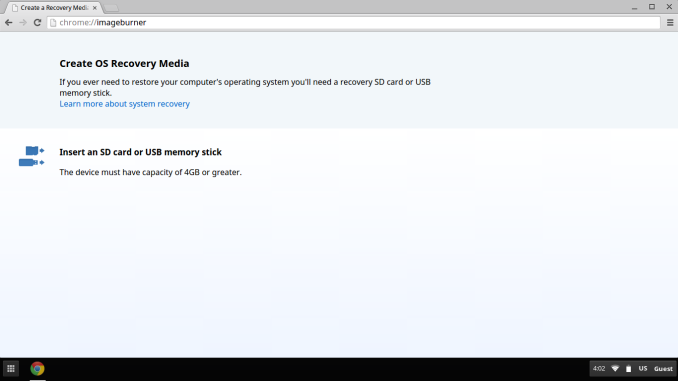

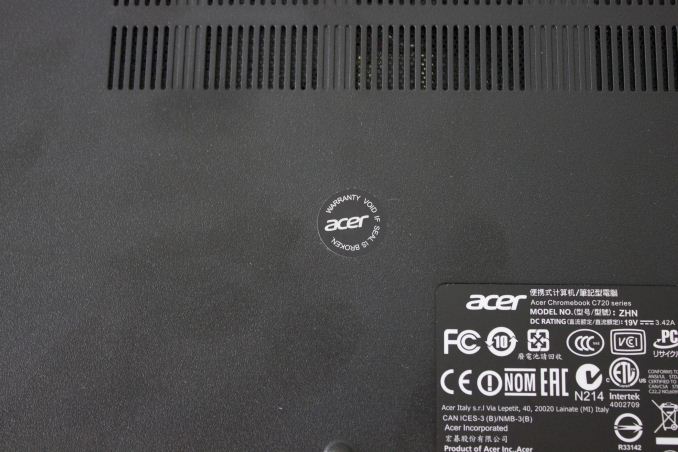
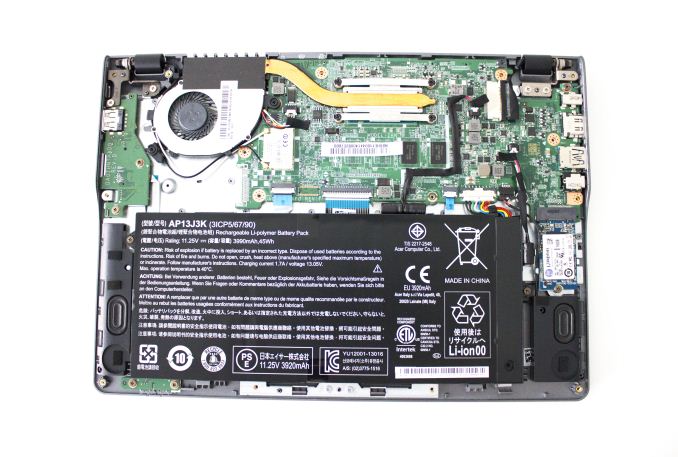
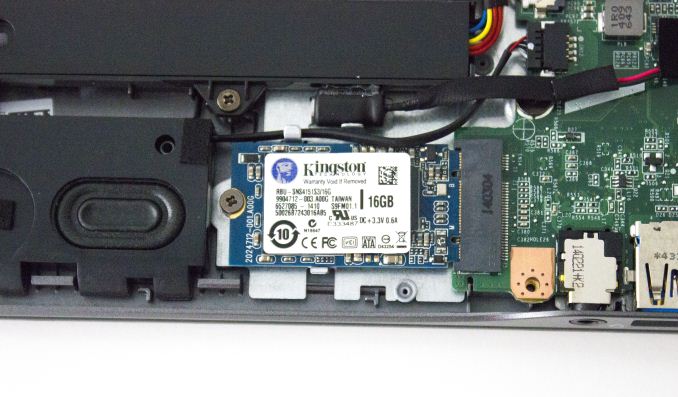
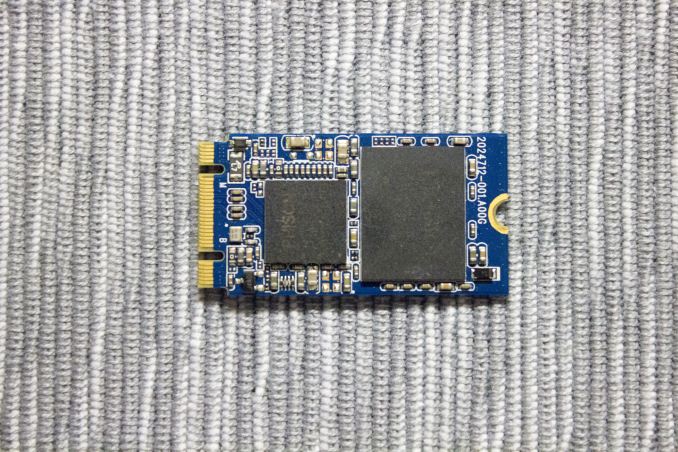
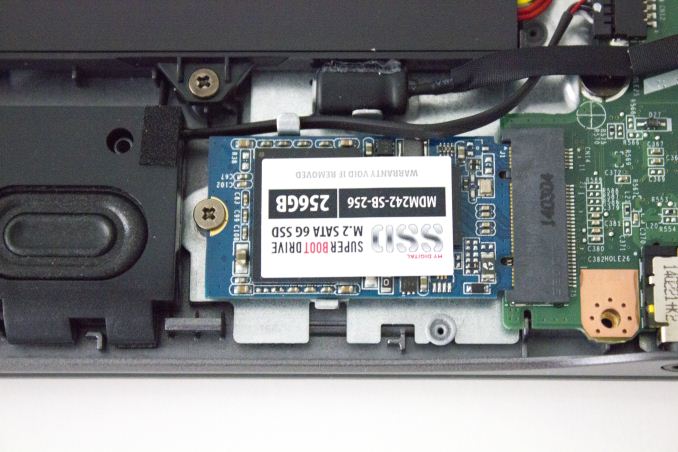








67 Comments
View All Comments
pSupaNova - Wednesday, October 22, 2014 - link
No he is correct, Microsoft did not want netbooks to succeed.While Intel tried to Gimp their graphics and even stopped Nvidia ION project from improving the graphics situation
This mistake let tablets have an easier ride and now Nvidia has a remarkable SOC in the K1 thats going to eat Intel alive in the coming years.
jabber - Wednesday, October 22, 2014 - link
Netbooks were awful. They deserved to die. I ended up refusing to fix or work on them for customers. They would bring them to me saying "this is slow!" I would reply "It's because it IS slow!"Poor user experience and a waste of money. A novelty that should never have survived longer than a few months.
mike8675309 - Tuesday, October 21, 2014 - link
There were two specific problems. #1 - slow hard drives. #2 - no hardware video acceleration. With the Atom chip and slow drives with no hardware video acceleration, you have what is sitting in my basement and is effectively useless.hojnikb - Tuesday, October 21, 2014 - link
And its pretty much possible to make one for 150-200$, since windows licenses are free with cheap devices and Intel tablet SoC are selling for peanuts.Eeebook x205 is an example of that.
inmytaxi@gmail.com - Sunday, November 2, 2014 - link
The 10 inch laptop form factor is dead for windows, replaced by 10 - 11.6 inch tablets many with removable or flip-able keyboards.sligett - Tuesday, October 21, 2014 - link
All my users of HP 3105m netbooks (with AMD e-350 processors, and SSD or HDD) chose to move to Chromebooks when they were offered to them. In the schools where I work, a Windows laptop would have to be LESS expensive than a Chromebook to be attractive. In fact, a $200 Chromebook is in many ways more appealing than a free Windows laptop.RU482 - Tuesday, October 21, 2014 - link
My 12yr old daughter would object to your statement about AMD Brazos. I'll agree, when I bought the Lenovo Netbook that had the E-350 CPU for my traveling notebook/netbook, it was miles ahead of the Atom Z520 based Asus netbook that it replaced.Fast forward to 2014, the Lenovo has been handed down to my daughter, who likes to watch Netflix or play flash games on it. She's recently started to complain about how laggy the Lenovo has become. SSD health and free space are still good, wifi signal strength 5 bars....not sure what the excuse is, maybe she's used mom's i5 Haswell laptop too much! I'd say it's time to retire the Lenovo Brazos machine
Michael Bay - Wednesday, October 22, 2014 - link
In any netbook article one can expect a couple of sad AMD fanatics with drivel like that.Wake up, Brazos was hot as all hell and didn`t deliver anything Atom couldn`t.
waldojim42 - Thursday, October 23, 2014 - link
Yes, they most certainly did. Video acceleration and useful CPU performance. AMD made netbook CPU's that had significantly higher IPC at a cost of higher power usage.savagemike - Tuesday, October 21, 2014 - link
It's pretty easy to dual or co-boot linux on a Chromebook, and honestly that would be about the only good reason to upgrade storage to this kind of capacity. It would, of course, provide a whole host of tools/programs which would address some of the drawbacks you mention.That makes sense as desktop Linux, like Windows or OSX, are designed for a traditional local storage centric paradigm, where the ChromeOS devices of course are not.
The one true fault of the ChromeOS file explorer within its own context is the lack of local network integration. You really should be able to see/use shares on a LAN from the files app on a ChromeOS device and you can't.